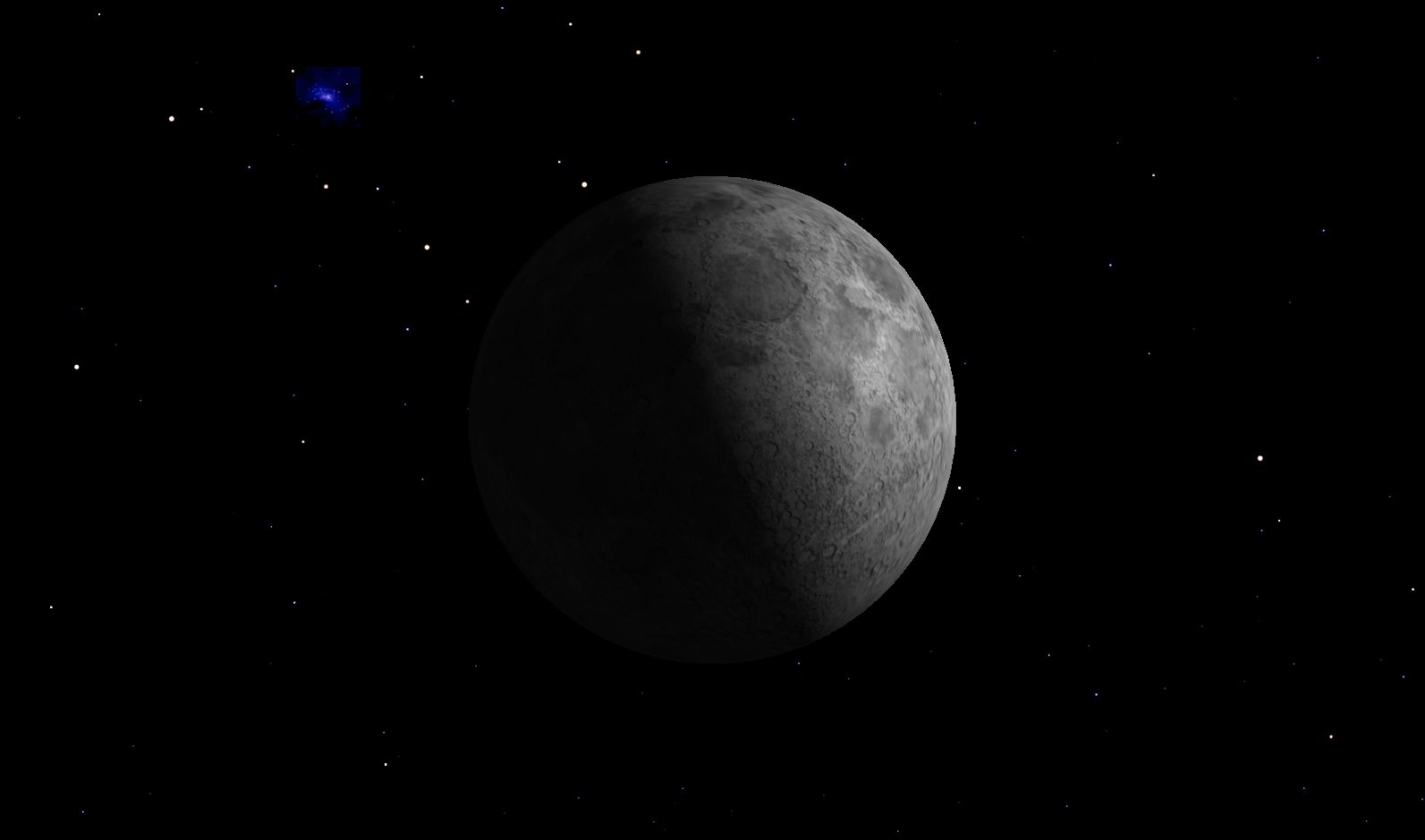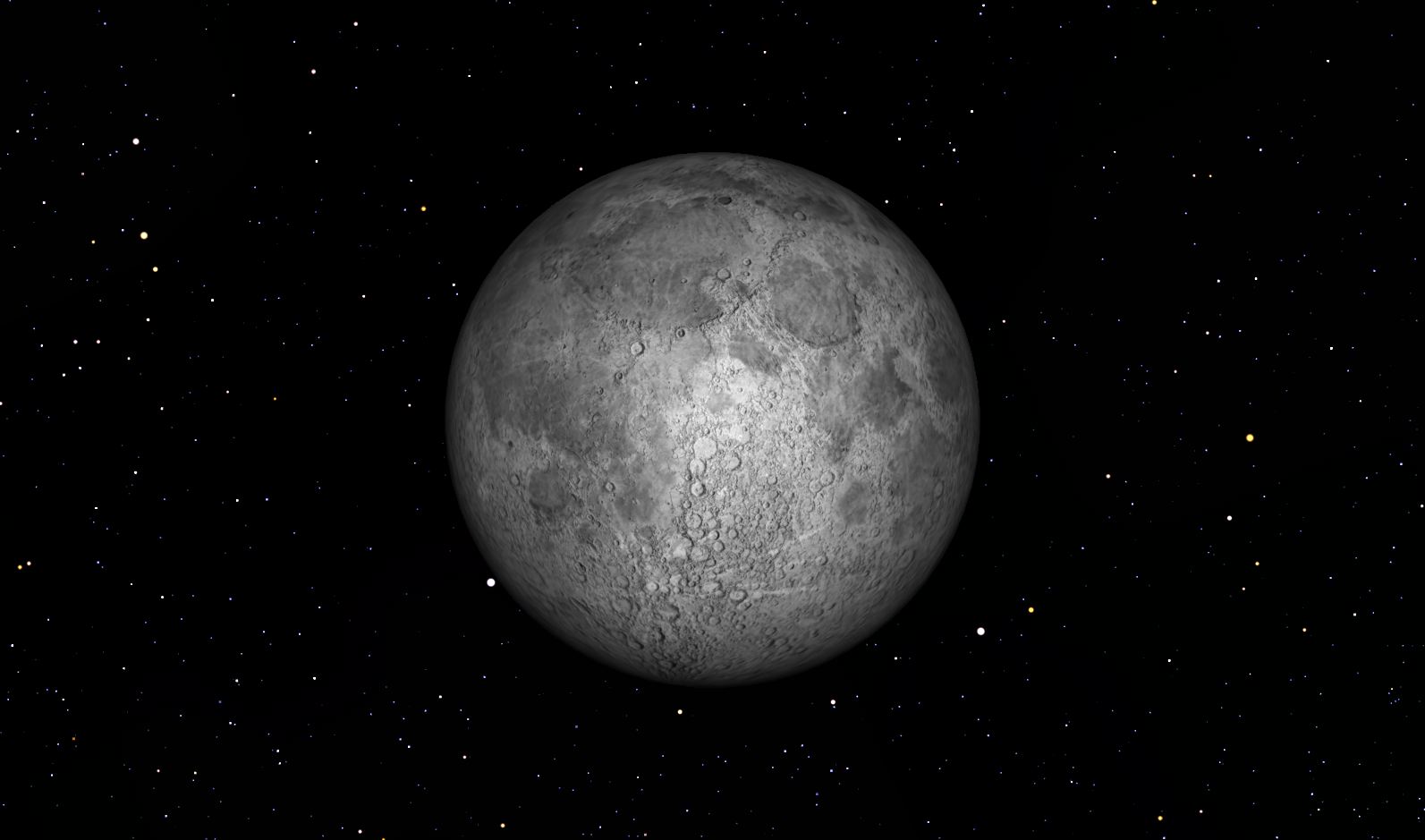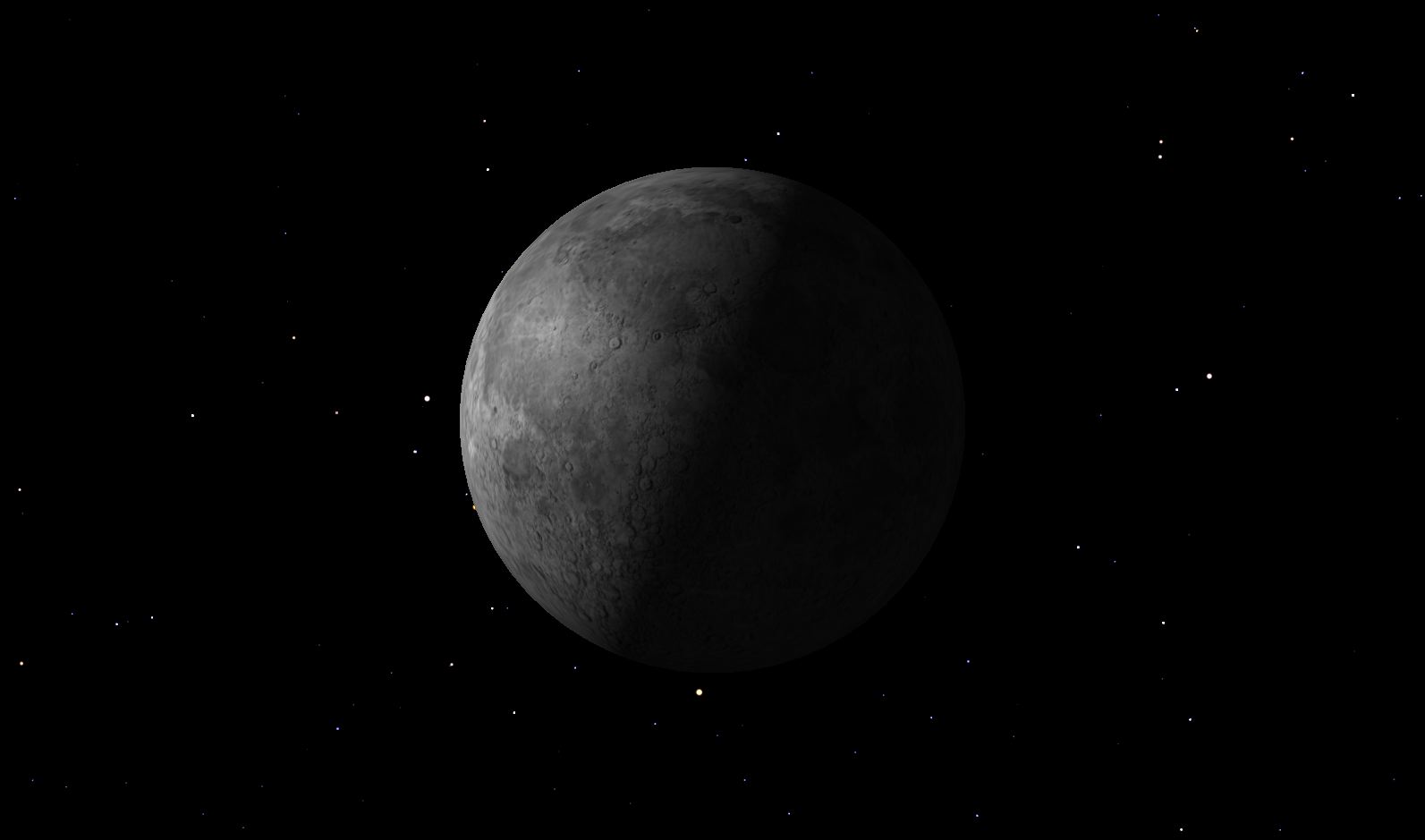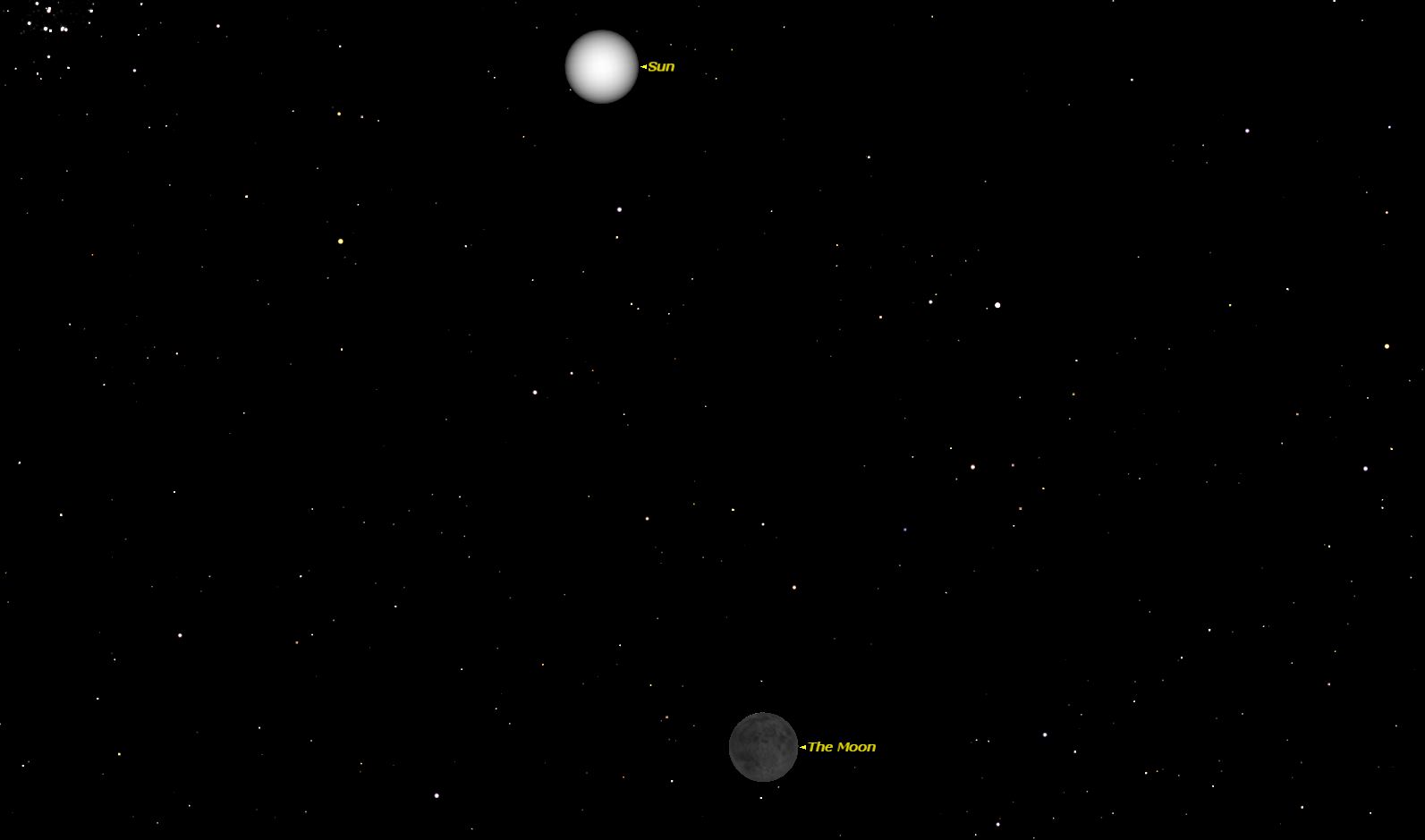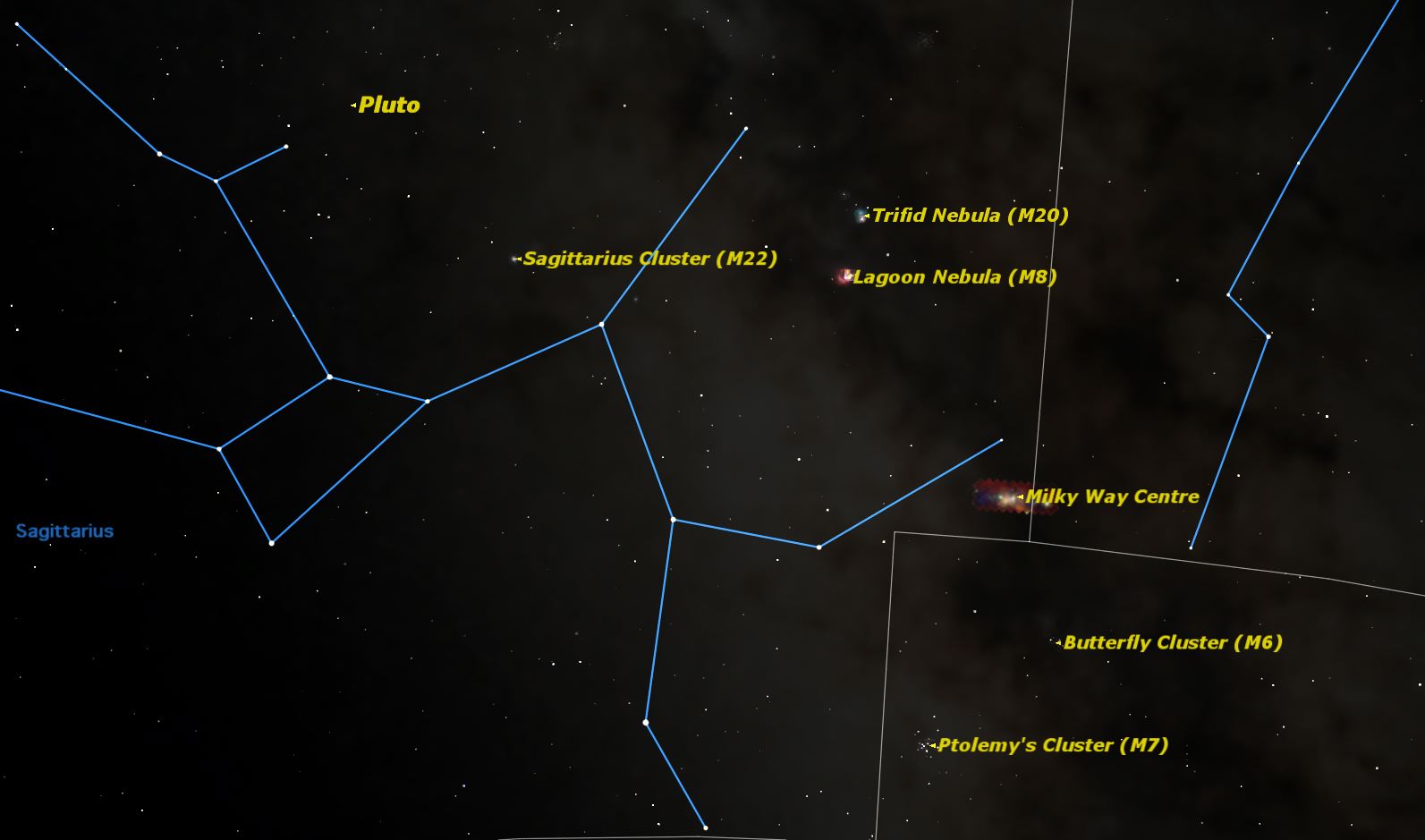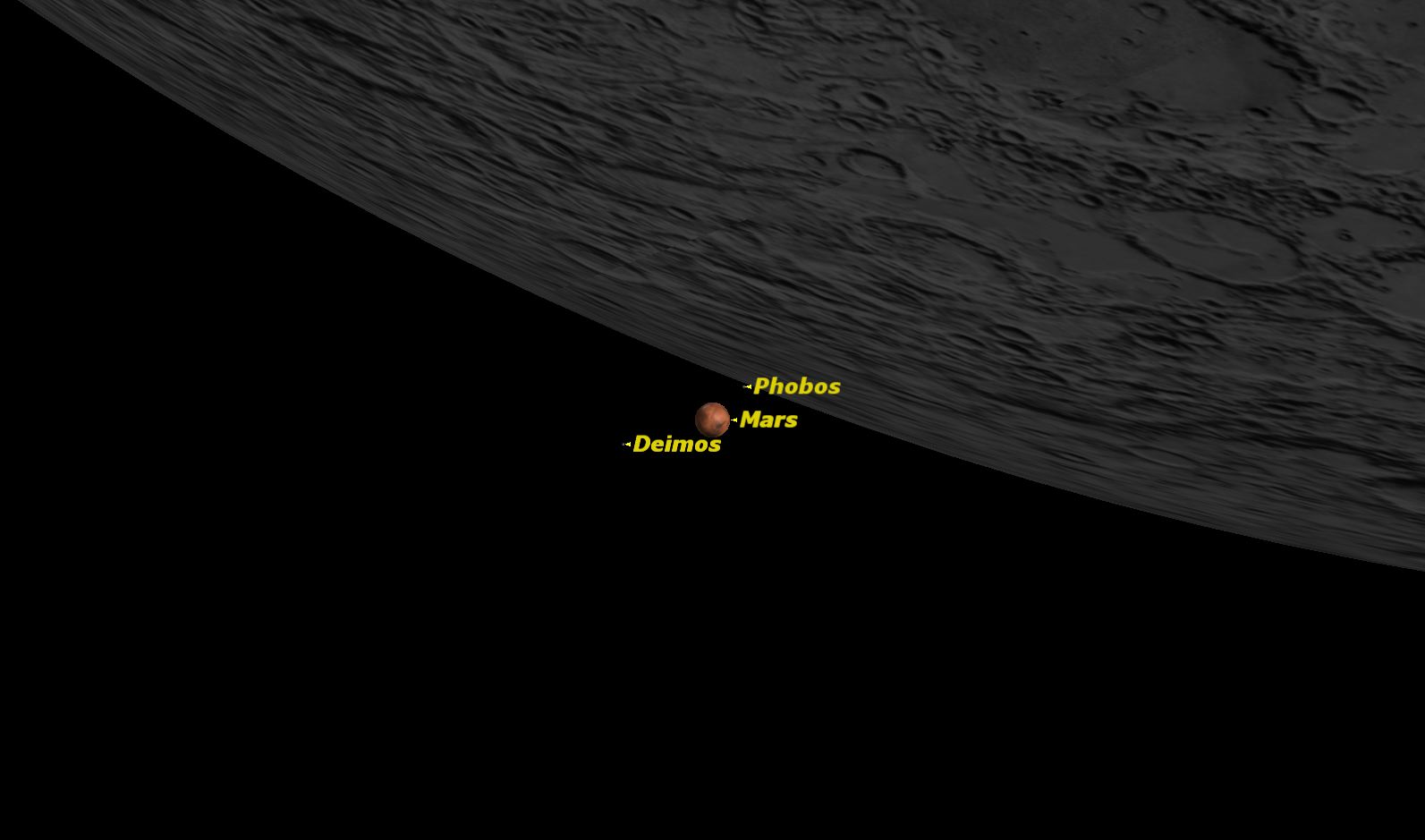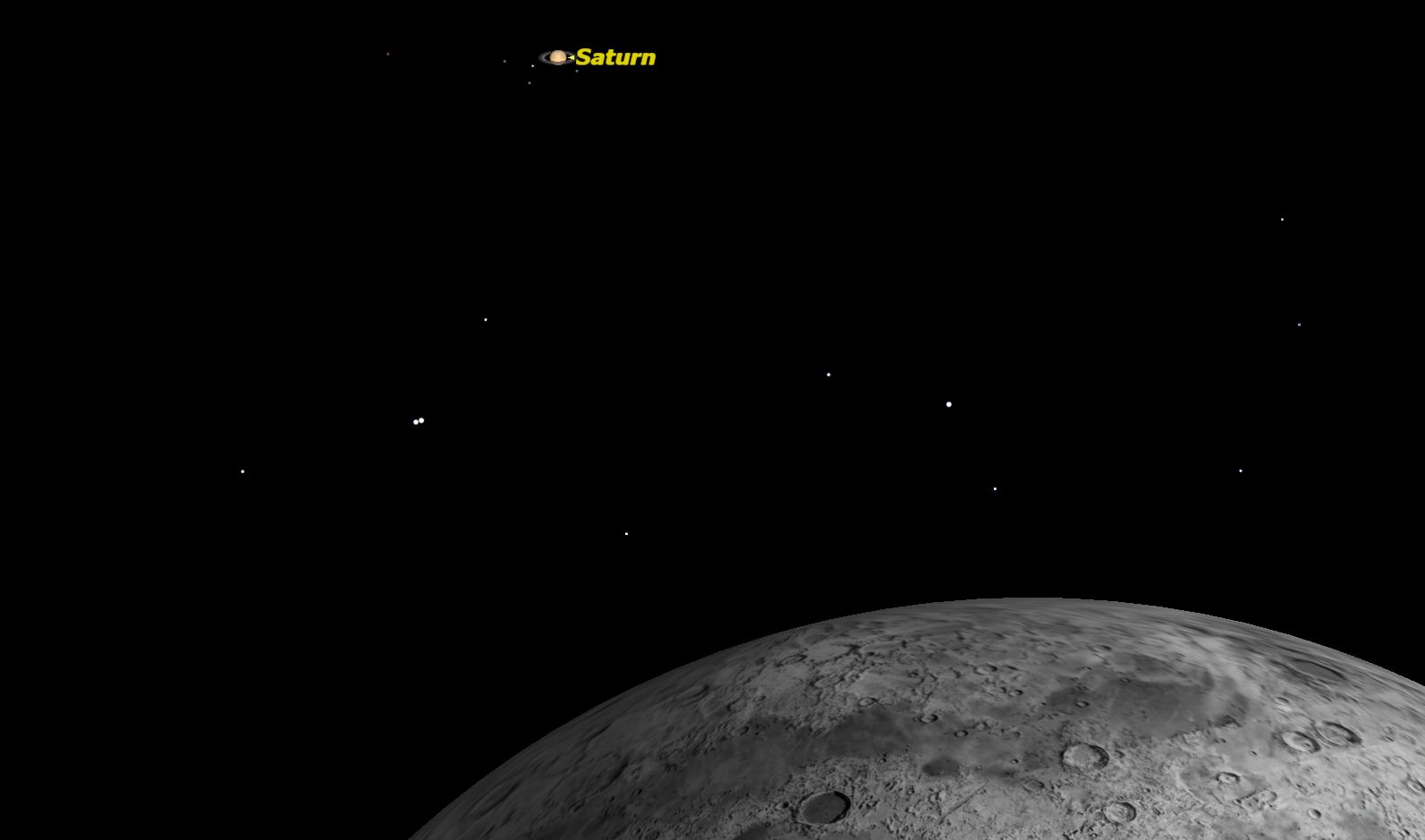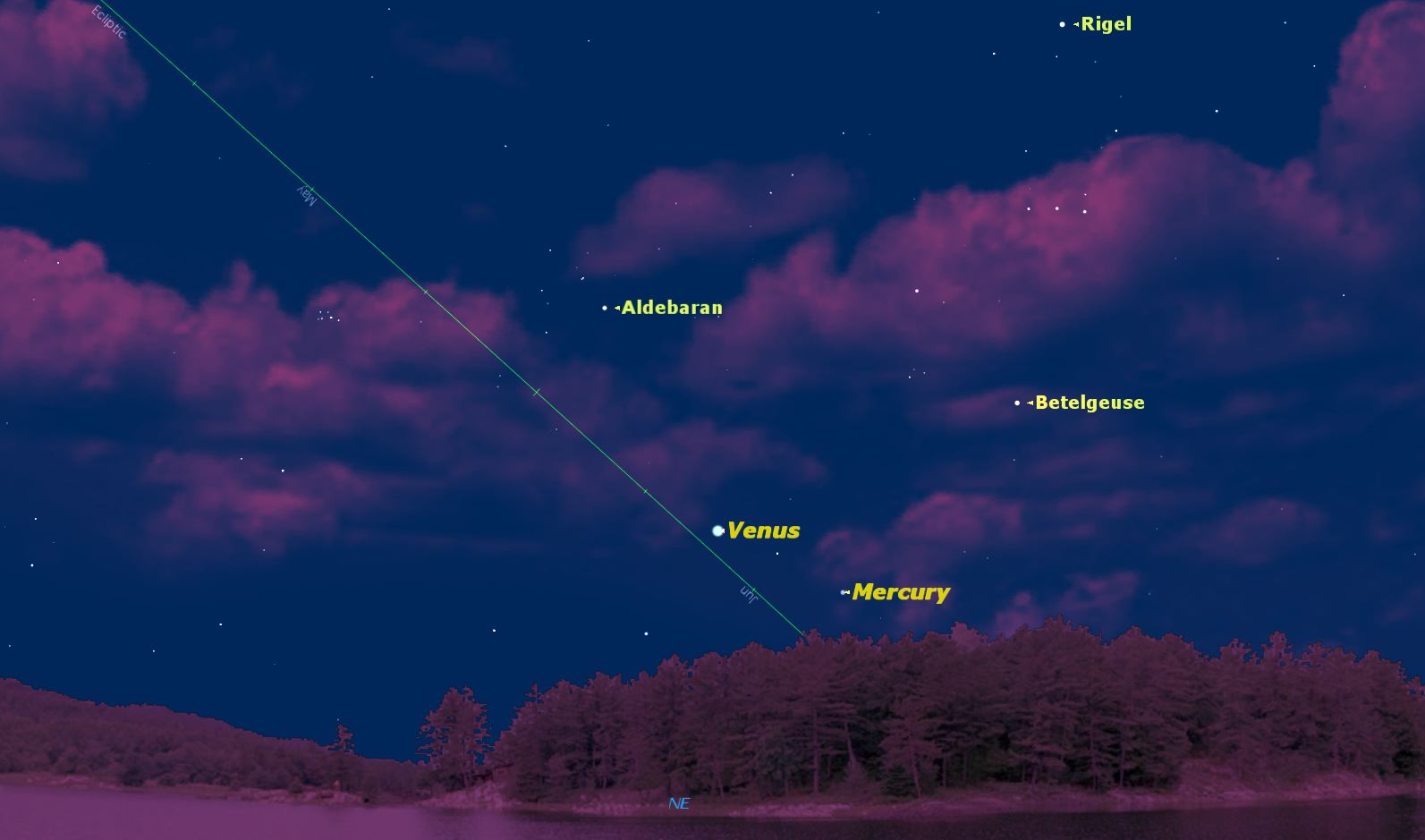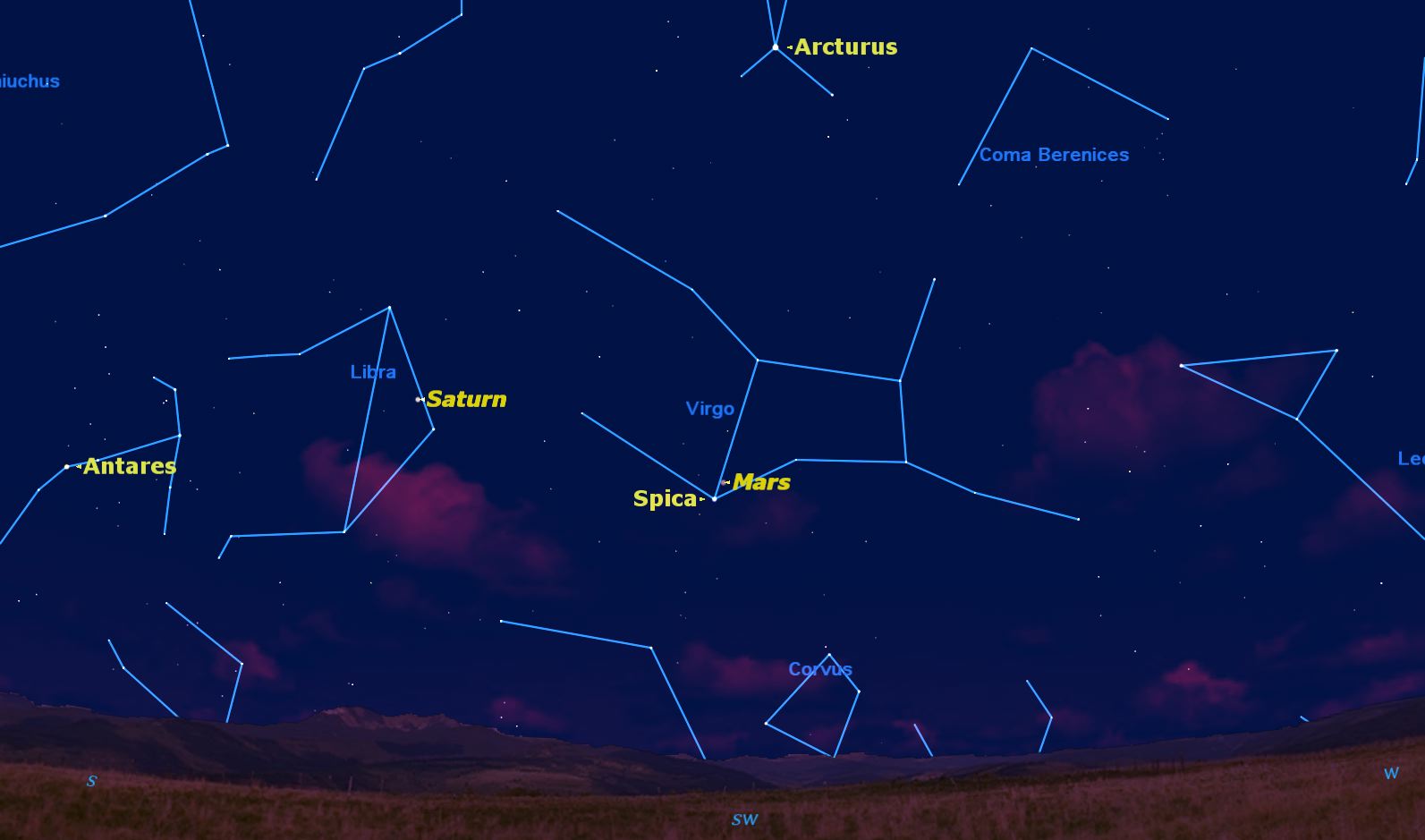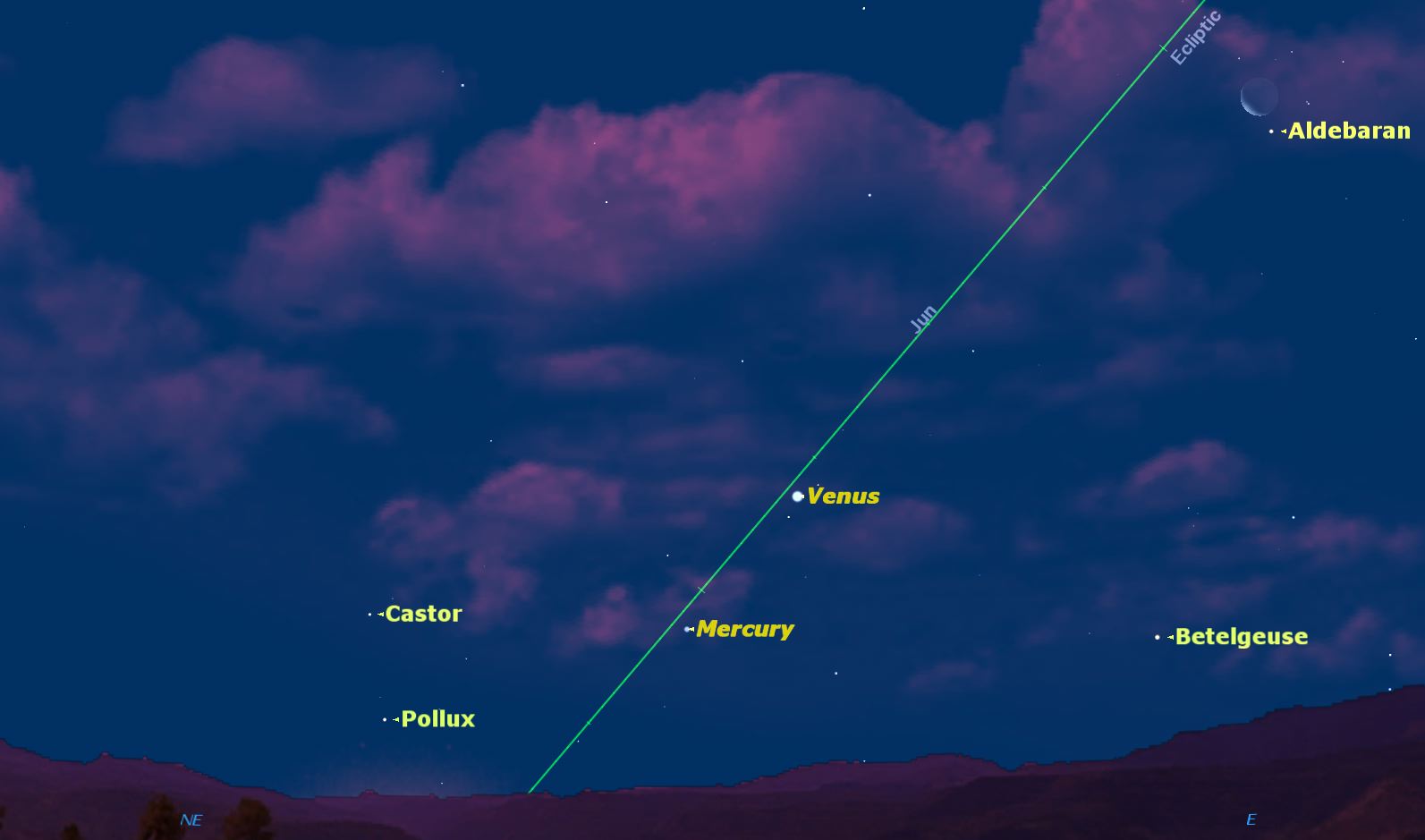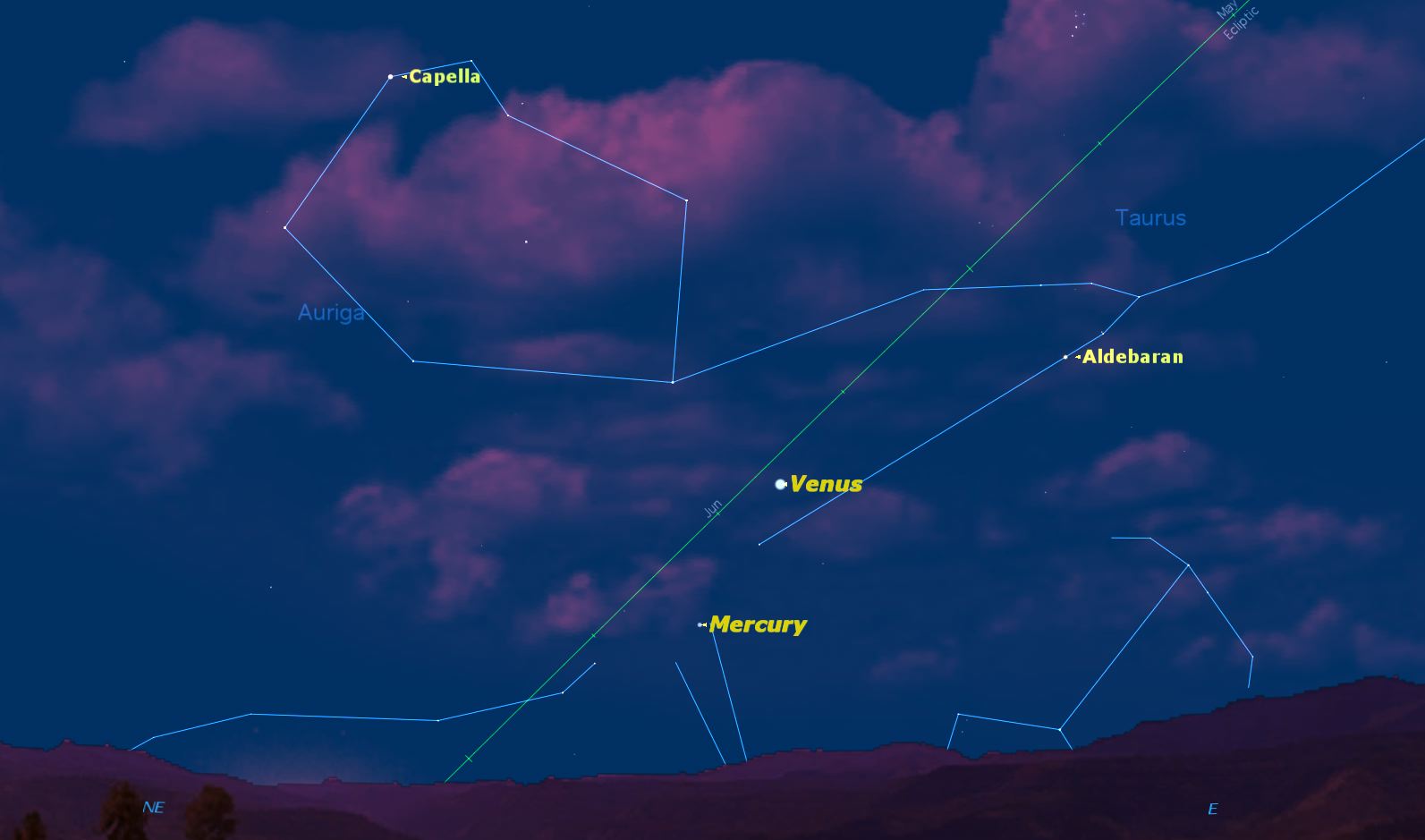 | |||||||||||||||||||||||||||||||||||||||||||||||
| For education orders please call 1-877-290-8256. Welcome to the July Fifth Week Featured Article! The Moon in Motion Geoff Gaherty, Starry Night EducationAlthough most people know, in their heads, that the Moon orbits the Earth once a month, they usually have no visual confirmation of this motion. Over the next week, you will have the opportunity to observe the Moon’s motion with your own eyes. If you look at the western sky an hour or so after sunset, you cannot fail to see three bright objects in a row. These are, from right to left, if you are in the northern hemisphere, the star Spica in Virgo, the planet Mars, and the planet Saturn. High above them all is the star Arcturus in Boötes and well to their left is the reddish star Antares in Scorpius. Notice that Mars also has a distinct reddish color, as compared to blue-white Spica and yellowish Saturn. 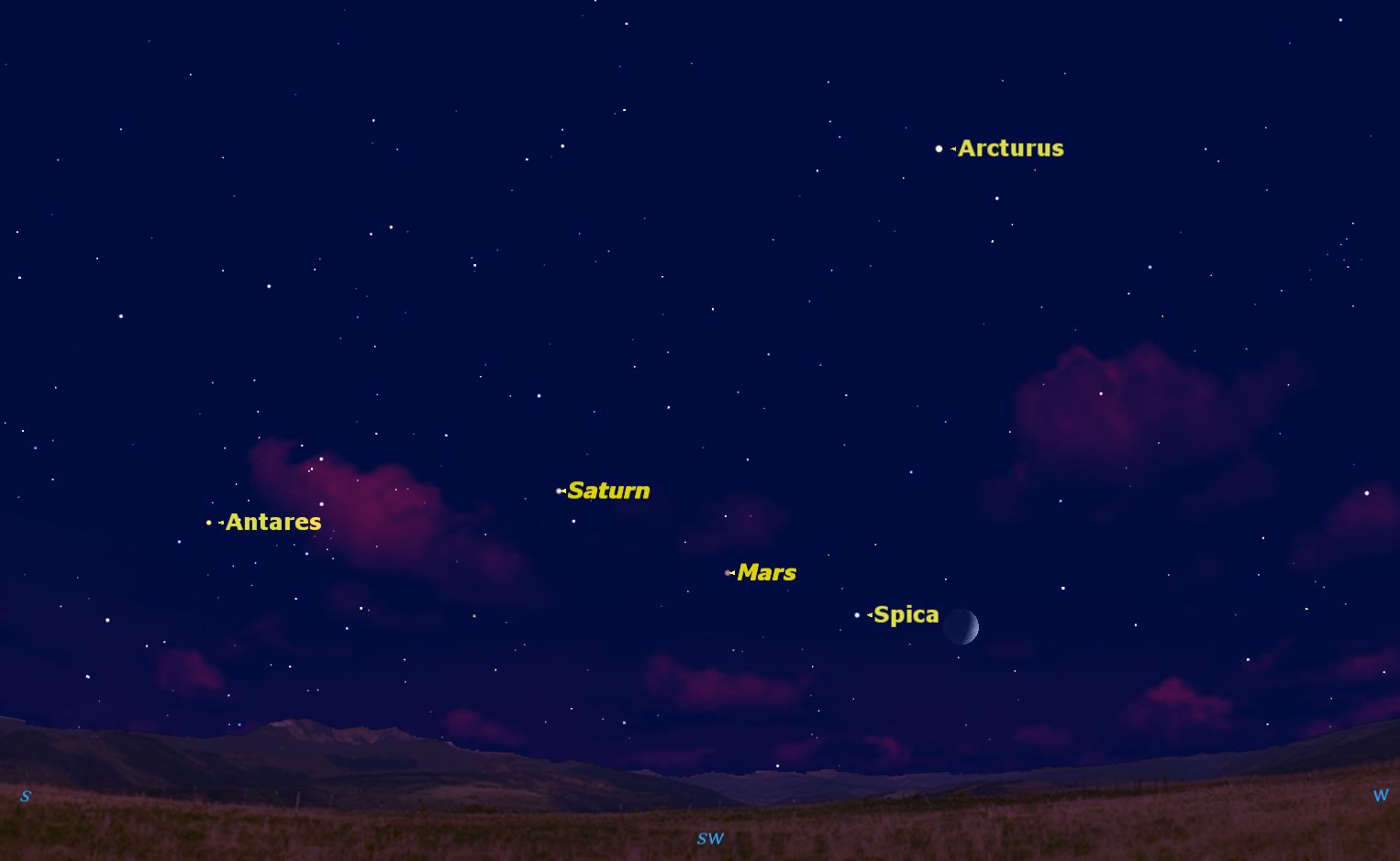 On August 1, the Moon appears to the right (west) of Spica. Credit: Starry Night software. 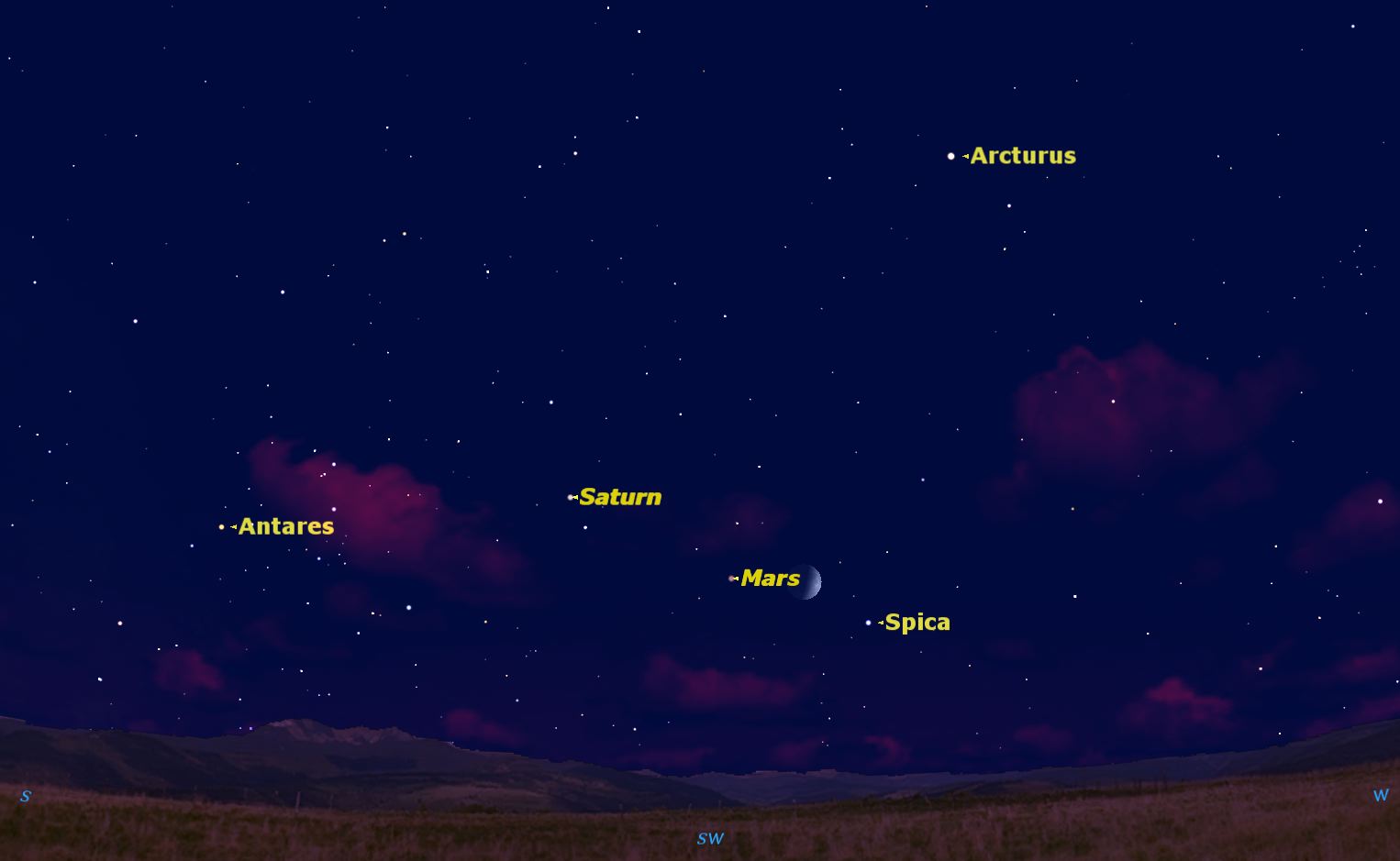 On August 2, the Moon has moved to lie between Spica and Mars. Credit: Starry Night software. 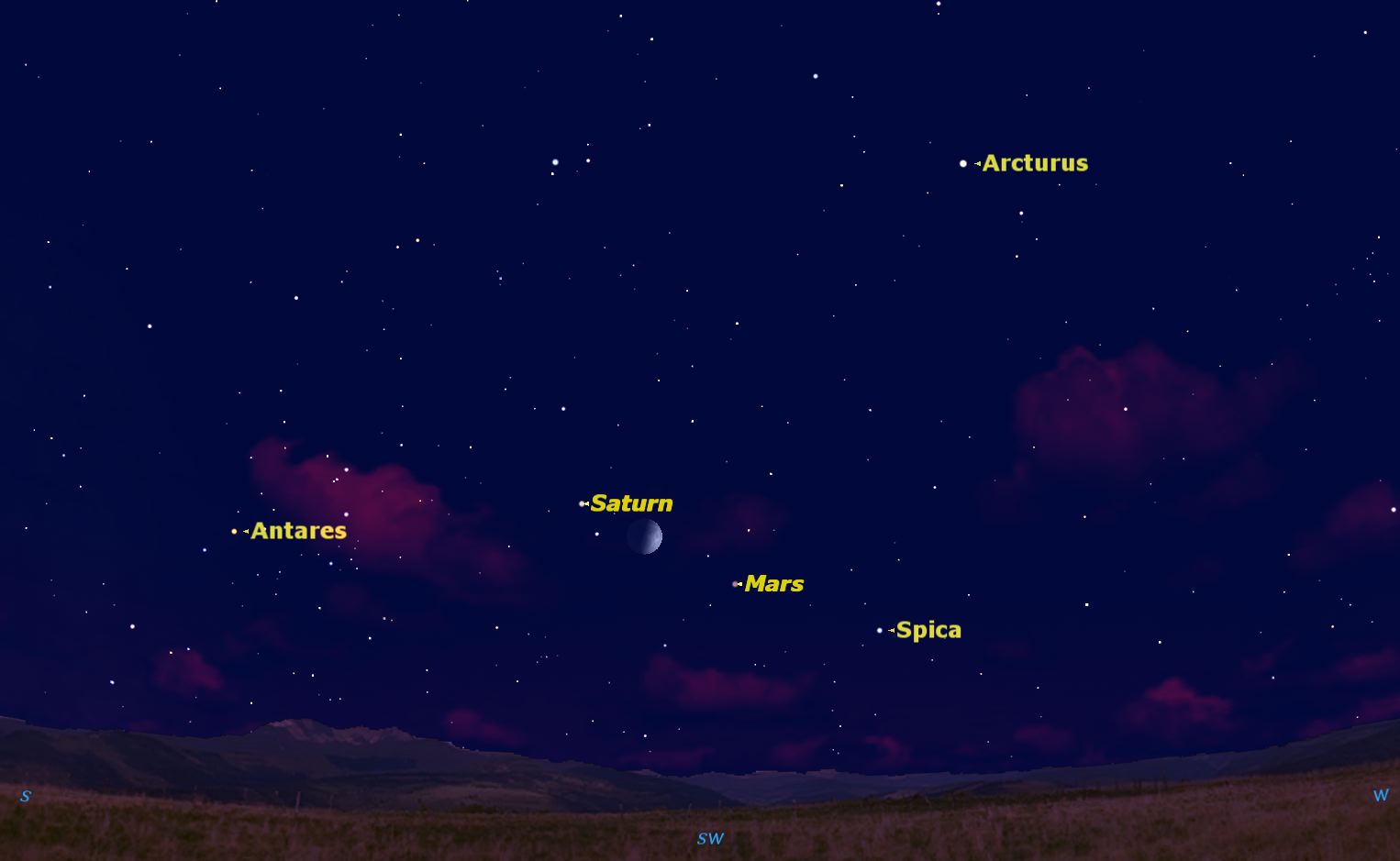 On August 3, the Moon lies between Mars and Saturn. Credit: Starry Night software. 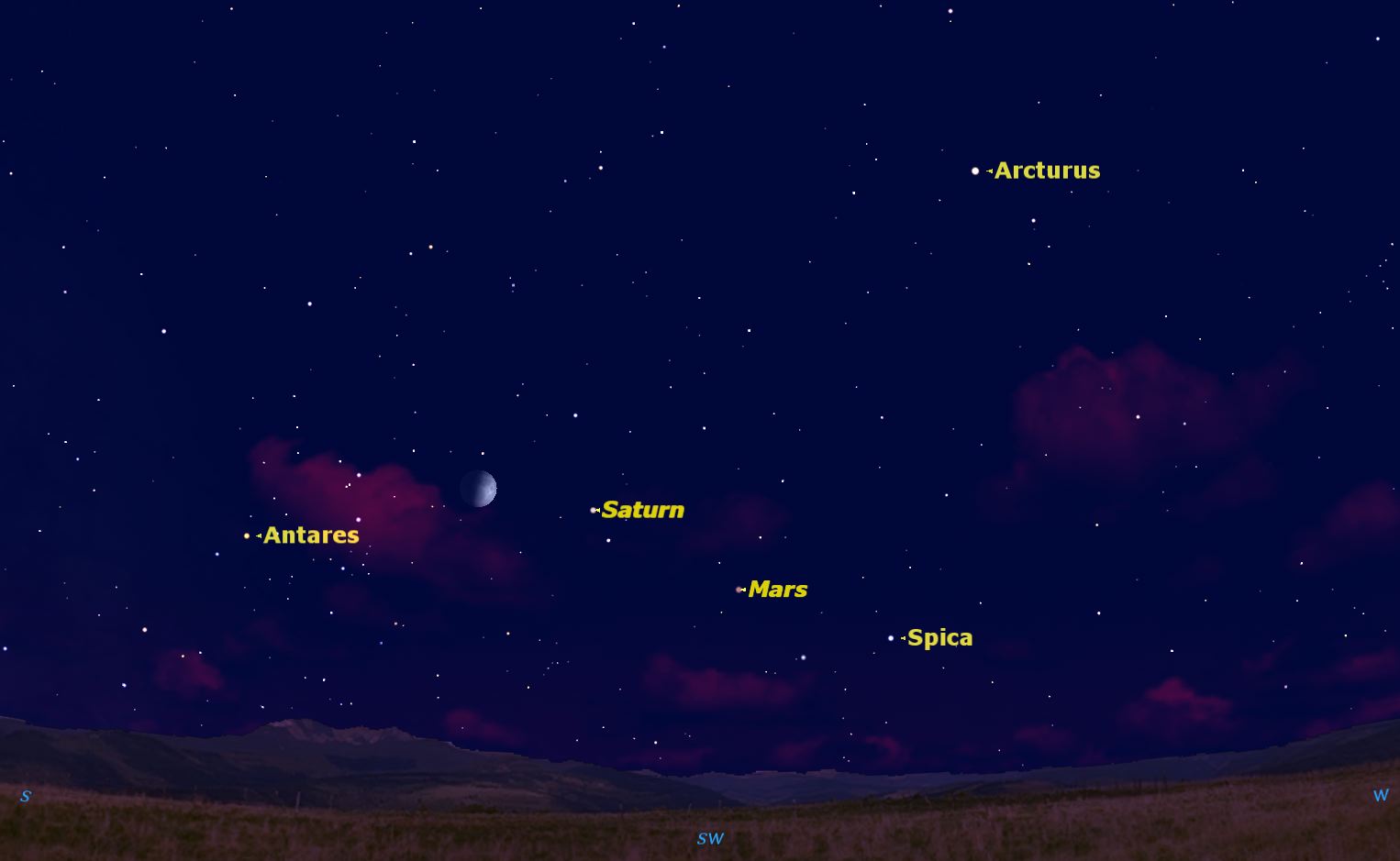 On August 4, the Moon lies between Saturn and Antares. Credit: Starry Night software. 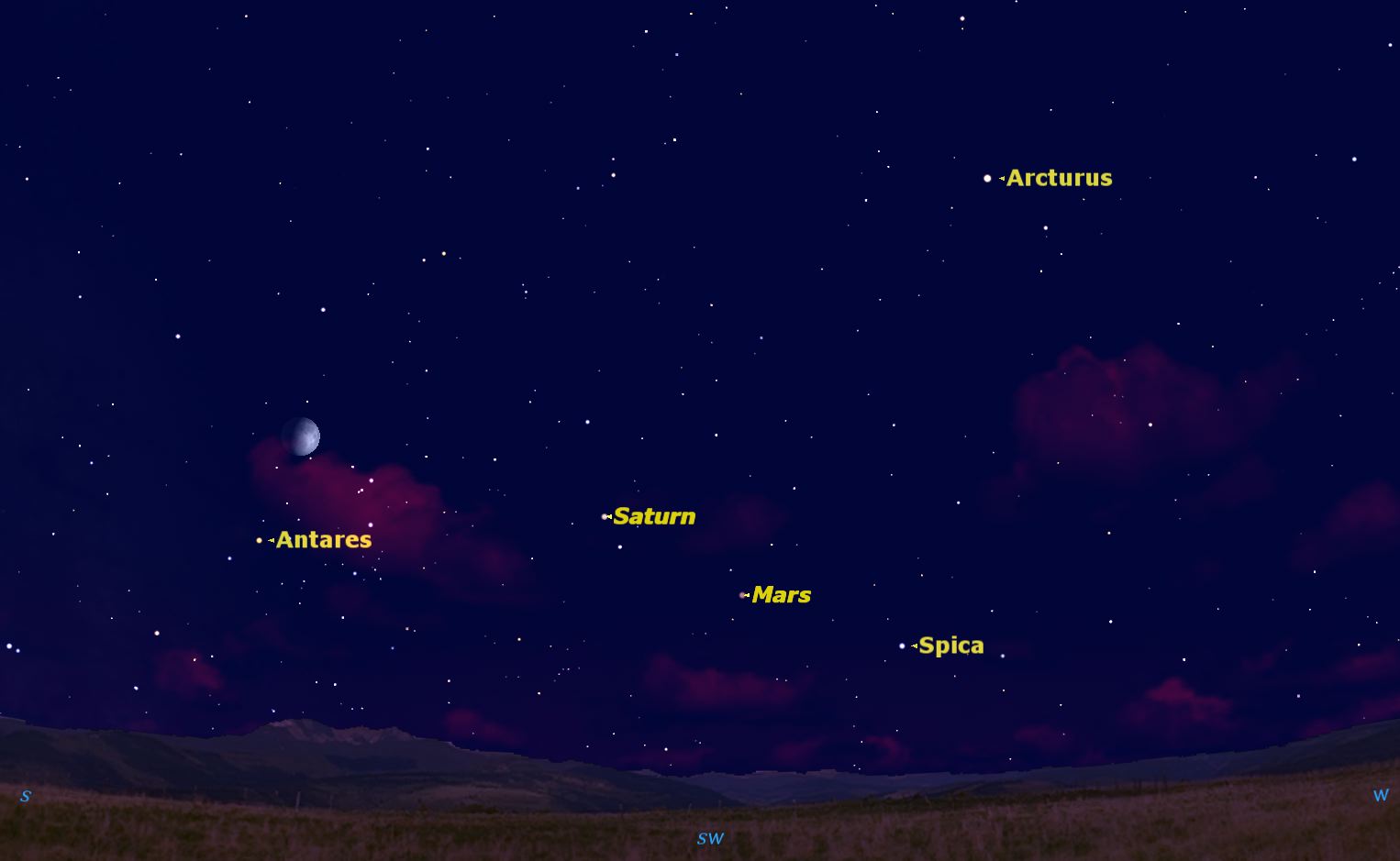 On August 5, the Moon is to the north of Antares. Credit: Starry Night software. Besides the motion of the Moon, there are several other things to notice. First, the Moon’s phase is growing from each night to the next. On the 1st, the Moon is 5 days old and 30 percent illuminated. By the 5th, the Moon is 9 days old and 70 percent illuminated. In only four nights, the Moon has become more than twice as bright, lighting up the landscape. A subtler change is that the background stars and planets have all moved slightly downwards and to the right. That’s because of the Earth’s own movement around the Sun. Finally, if you look really closely, you’ll see that the position of Mars has shifted slightly over 4 days. It is getting closer to Saturn and farther from Spica. Saturn is far from Earth, and doesn’t appear to move much, but Mars, much closer to Earth, moves quite rapidly from right to left, while the stars and Saturn are moving from left to right. Mars actually passes Saturn by the end of the month. All of these movements are described here as seen by observers in the northern hemisphere. Southern observers will see similar movements, but in a different direction, the Moon moving upward in the twilight sky. These movements of the Moon, planets, and stars provide an excellent opportunity for photography, and we always welcome your contributions. Coming Events Here is a rundown of events coming soon to a sky near you!Moon Phases Saturday, July 5, 7:59 a.m. EDT
Friday, July 18, 10:08 p.m. EDT
Saturday, July 26, 6:42 p.m. EDT
Friday, July 4, 4 a.m. EDT
Saturday, July 5, 9 p.m. EDT
Monday, July 7, 10 p.m. EDT
Saturday, July 12, dawn
Saturday, July 12, dusk
Tuesday, July 22, dawn
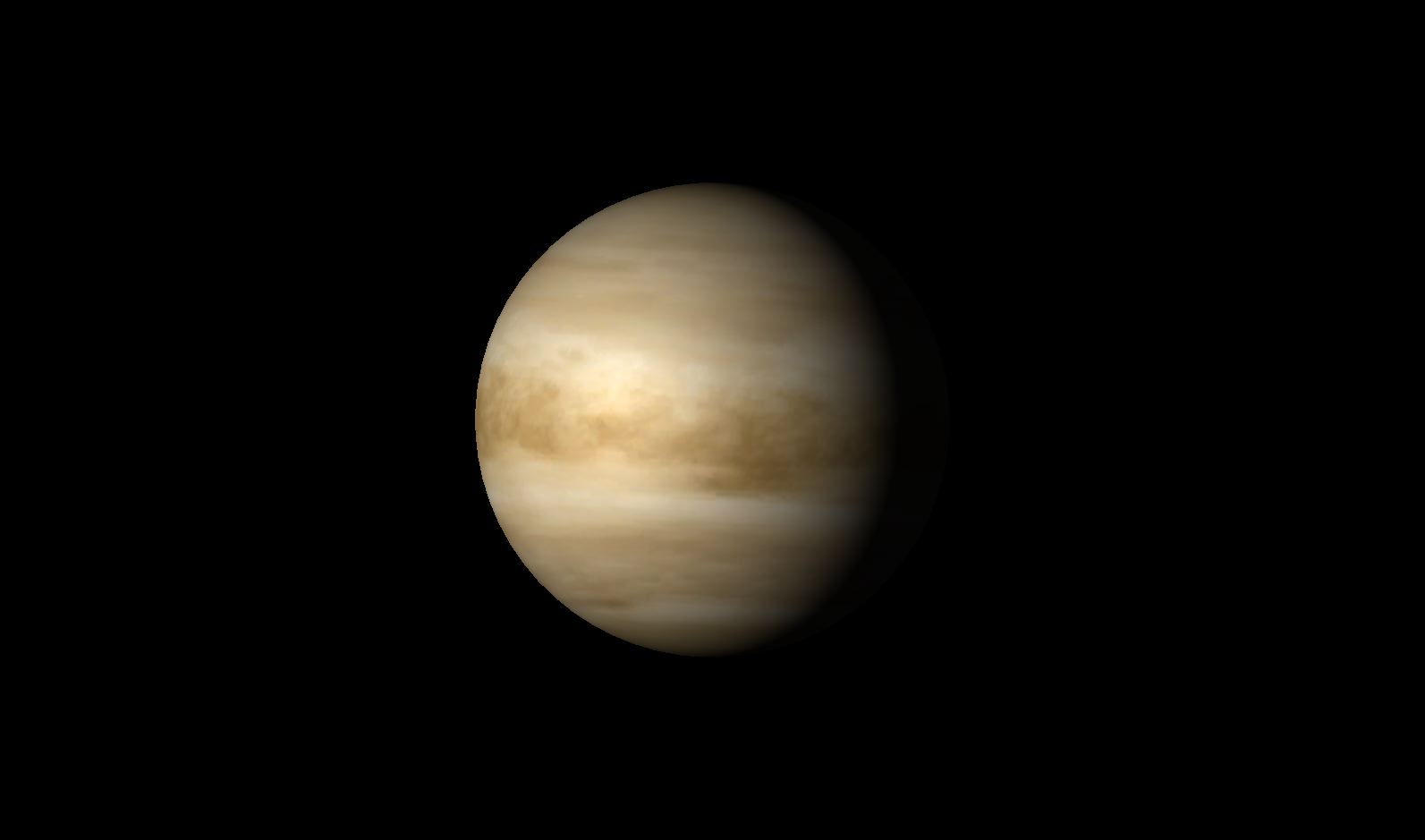 Mars is now fading rapidly in brightness as it moves towards the far side of the Sun.
Mars is now fading rapidly in brightness as it moves towards the far side of the Sun.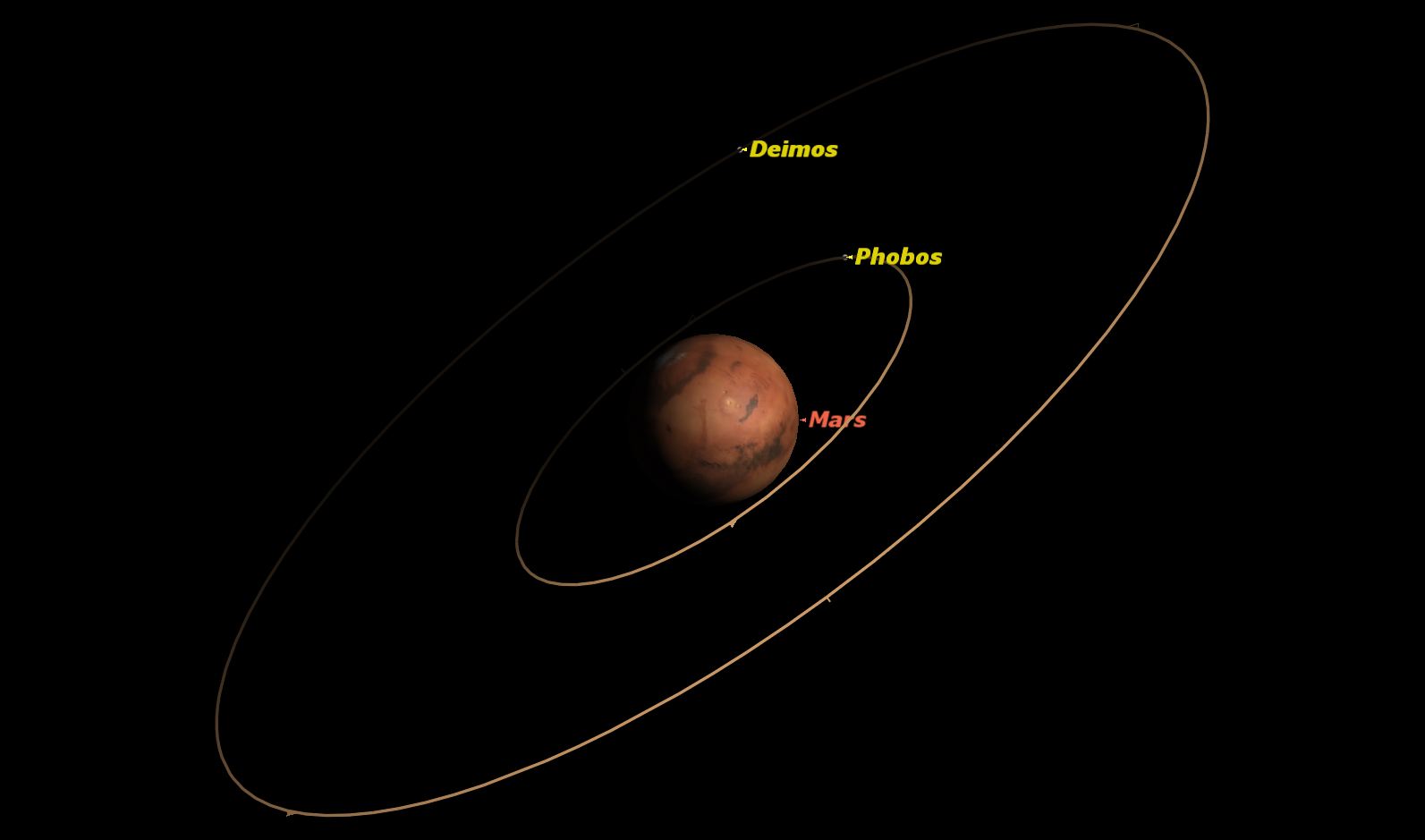 Jupiter is too close to the Sun to be observed, being in conjunction on July 24.
Saturn, in Libra, is well placed in the evening sky.
Jupiter is too close to the Sun to be observed, being in conjunction on July 24.
Saturn, in Libra, is well placed in the evening sky.
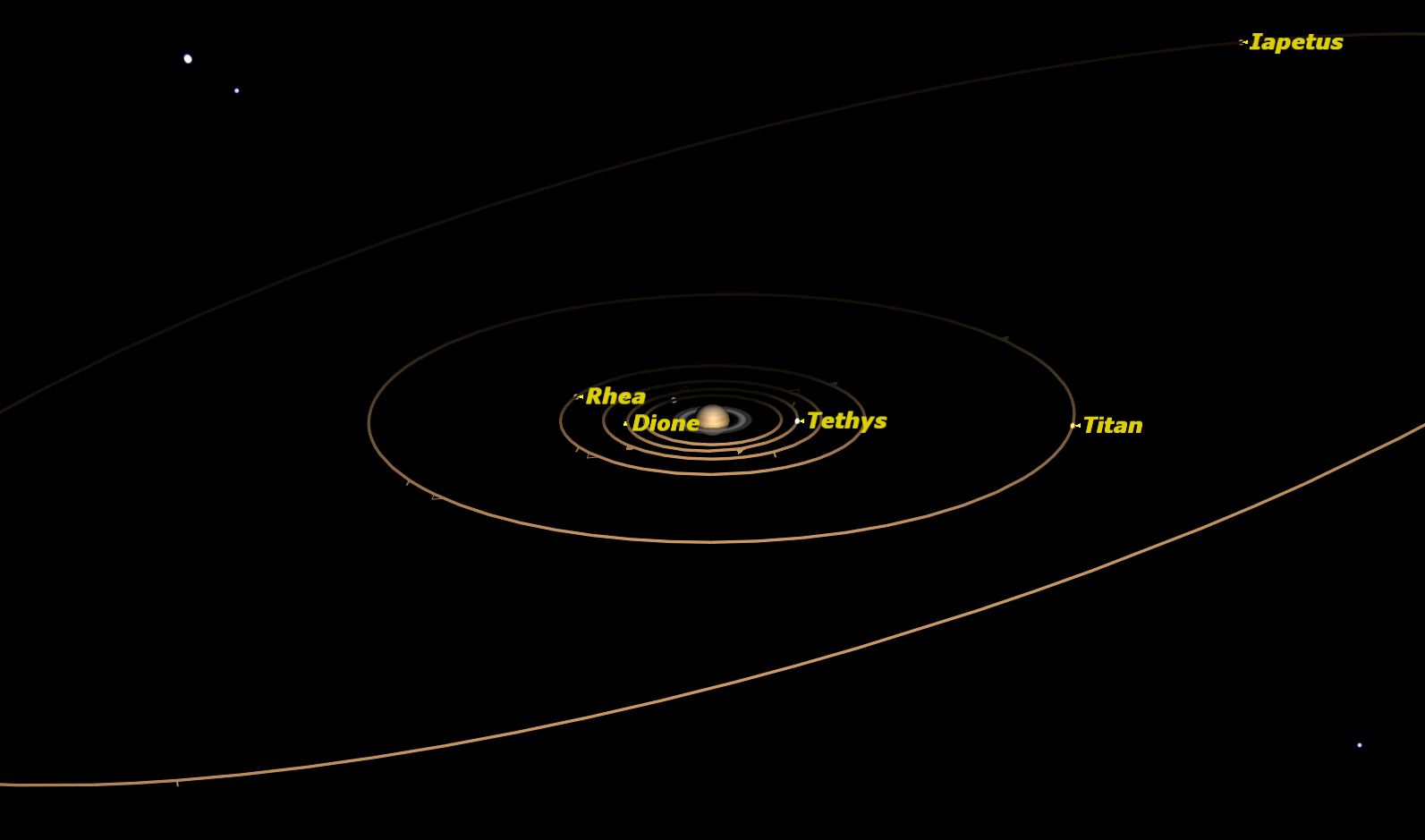 Uranus is located in the constellation Pisces, rising near midnight.
Uranus is located in the constellation Pisces, rising near midnight.
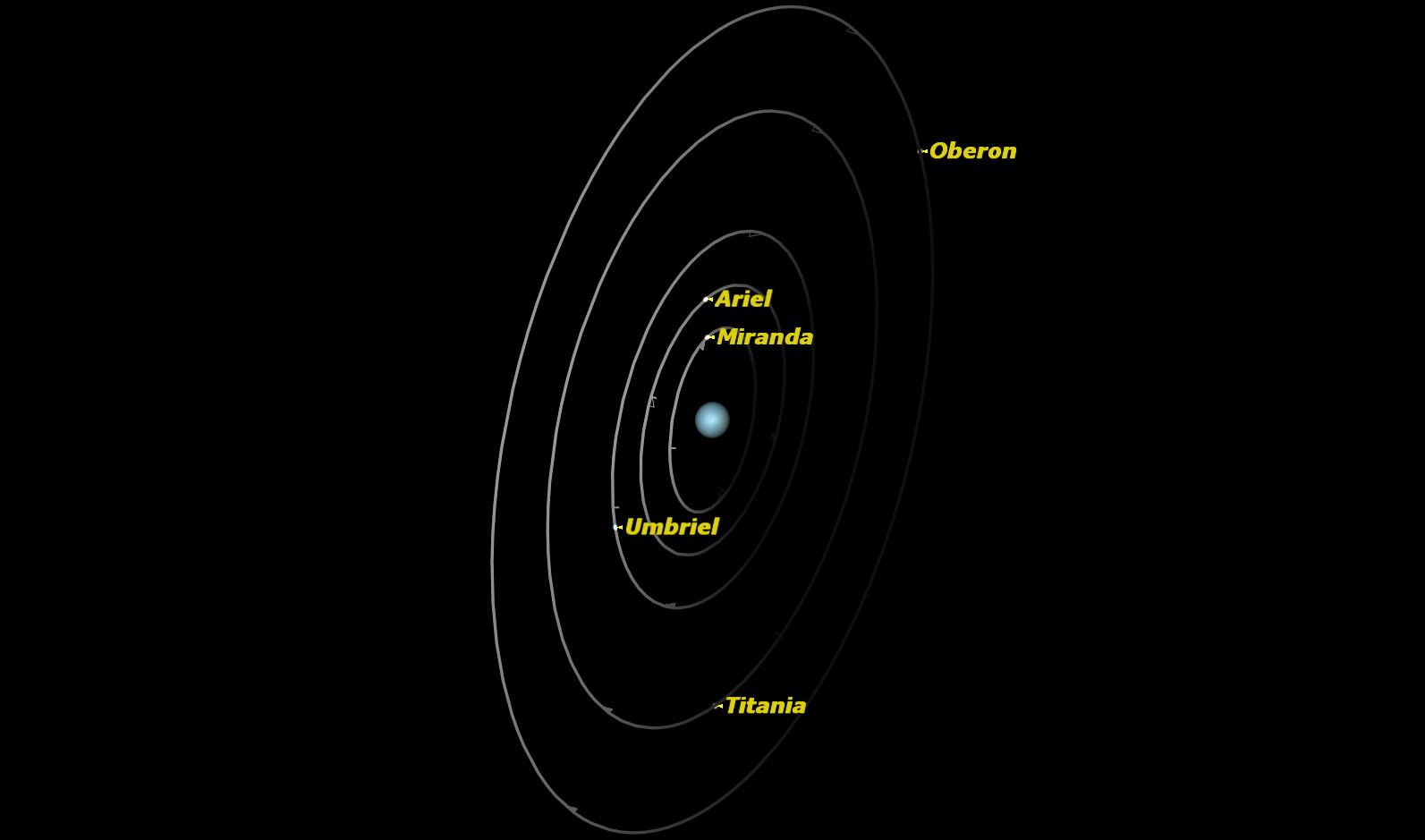 Neptune is in Aquarius all month, rising in the late evening.
Neptune is in Aquarius all month, rising in the late evening.
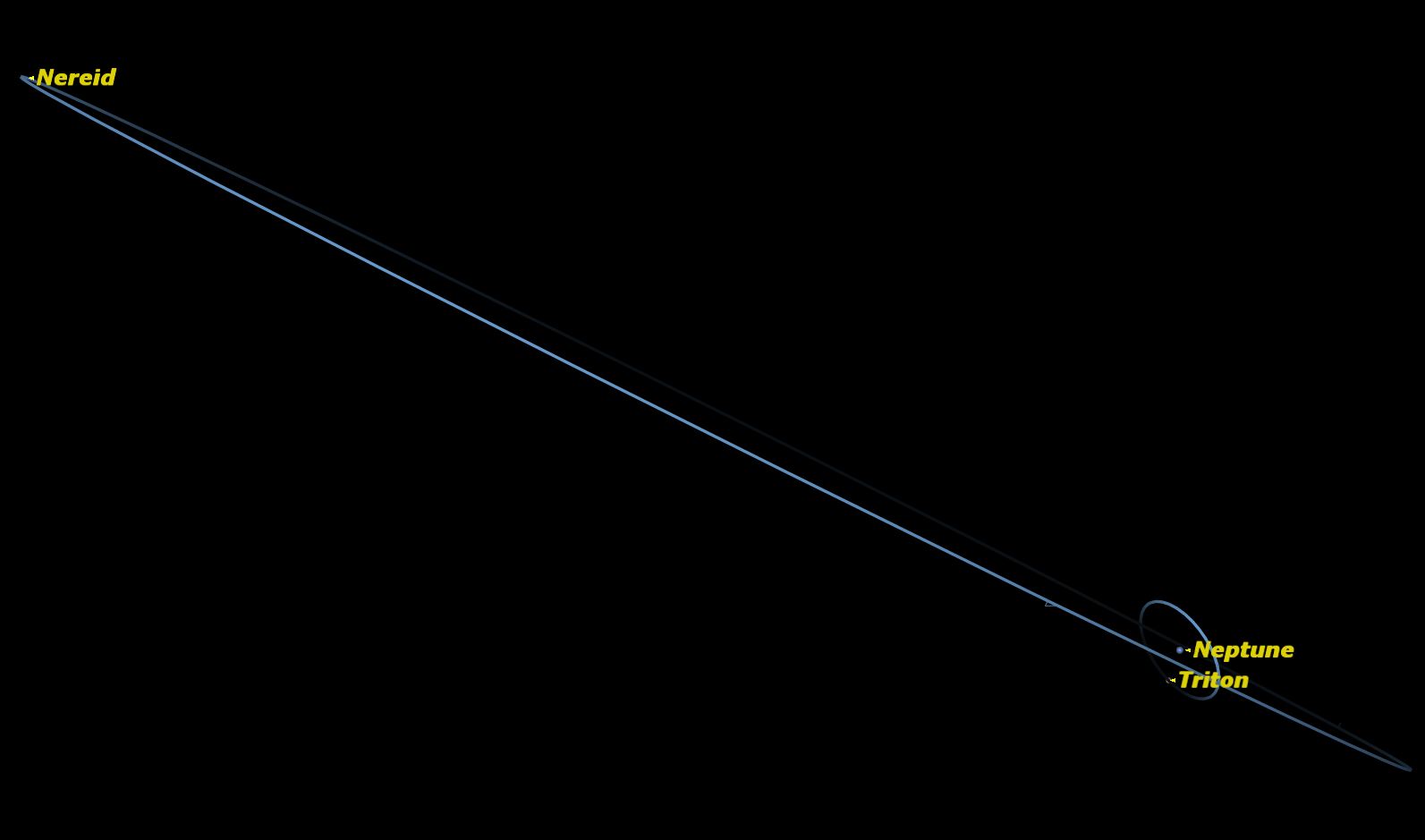
|
| ||||||||||||||||||||||||||||||||||||||||||||||
© 2016 Simulation Curriculum Corp. All Rights Reserved. |
|||||||||||||||||||||||||||||||||||||||||||||||
